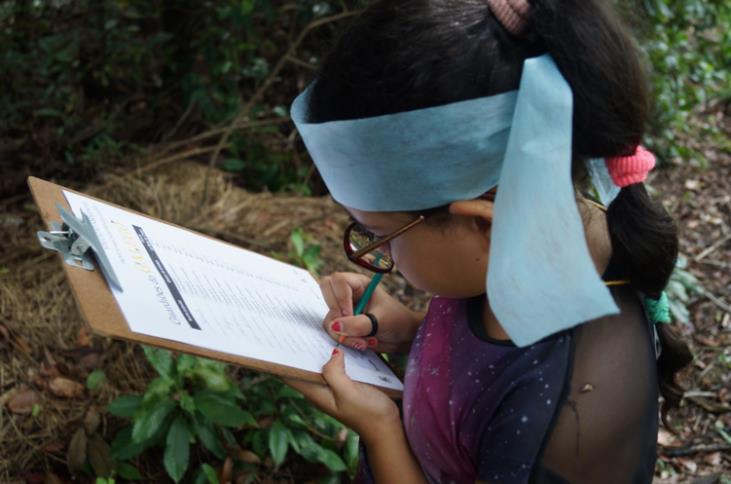Bruna Martins Bezerra
Other projects
12 Jul 2007
Social Ecology of Wild Golden Backed-Uacari in National Park of Jaú (PNJ), Amazônia, Brazil. A Contribution to the Management Plan of the PNJ
26 Jul 2010
In Situ Conservation of the Blond Capuchin, Cebus flavius, in Fragments of Atlantic Rain Forest in the Northeast of Brazil
3 Mar 2022
Blonde Capuchin Research Conservation Project: Understanding Conservation Needs by Creating an Interface Between Research and Society
The Critically Endangered blonde capuchin monkeys were rediscovered in 2006 and were once considered as one of the 25 most endangered primate species on earth. This is the continuation of our in situ research/conservation project on the blonde capuchins. We now aim to investigate the potential impacts of predicted climate changes and anthropogenic disturbances on the blonde capuchins' behaviours and their habitat. Climate change and anthropogenic disturbances are the most challenging issues confronting society nowadays. By using integrated multidisciplinary approaches, we intend to carry on predicting the conservation needs of the species and contribute with Brazilian public policies for primate conservation. Understanding how climate change and the local human population will impact the area and the animals in the near future will be essential for the establishment of effective ecological management and conservation strategies.

A local kid engaged in practical activity of the workshop in the Paraiba mine site.
This is the continuation of our project focusing on the in situ conservation of the Critically Endangered blond capuchin monkeys. The blonde capuchins have been rediscovered in nature 10 years ago and conservation efforts are urgently needed if we are to keep this species safely in the wild. The mains goals of this phase of our study are to investigate:
i) the potential effects of climate change on the behaviours of blonde capuchins;
ii) the potential effects of the anthropogenic pressures in one of our field sites as a result of the upcoming end of the mining activity in the area.
Most of the local human population living close to this area (~ 8km) is hired by the mining company and thus, they may lose their jobs once the mining activity ends. Our non-invasive and multidisciplinary methods will help us to understand the impact of climate change and anthropogenic disturbances on the blonde capuchins and their habitat. Behavioural and ecological observations of the animals will help us to understand how the animals cope with different temperatures, rainfalls, humidity and seasons, increasing our knowledge of the biology of the species and its relationship with the surrounding environment. A structural equation modelling will help us to predict potential behavioural responses to climate changes scenarios (predicted by the Intergovernmental Panel on Climate Change - IPCC) in the blonde capuchin monkeys. The ethnobiology methods will address the potential impacts of the local human population in a short and long term on the study blonde capuchin population.
Our workshops with the local human population will increase locals' awareness about the conservation of the blonde capuchins and their habitat. Also, it may provide an alternative income source to locals that may be unemployed after the end of the mining activity. Understanding how climate change and the local human population will impact the area in the near future will be essential for the establishment of effective management and conservation strategies.